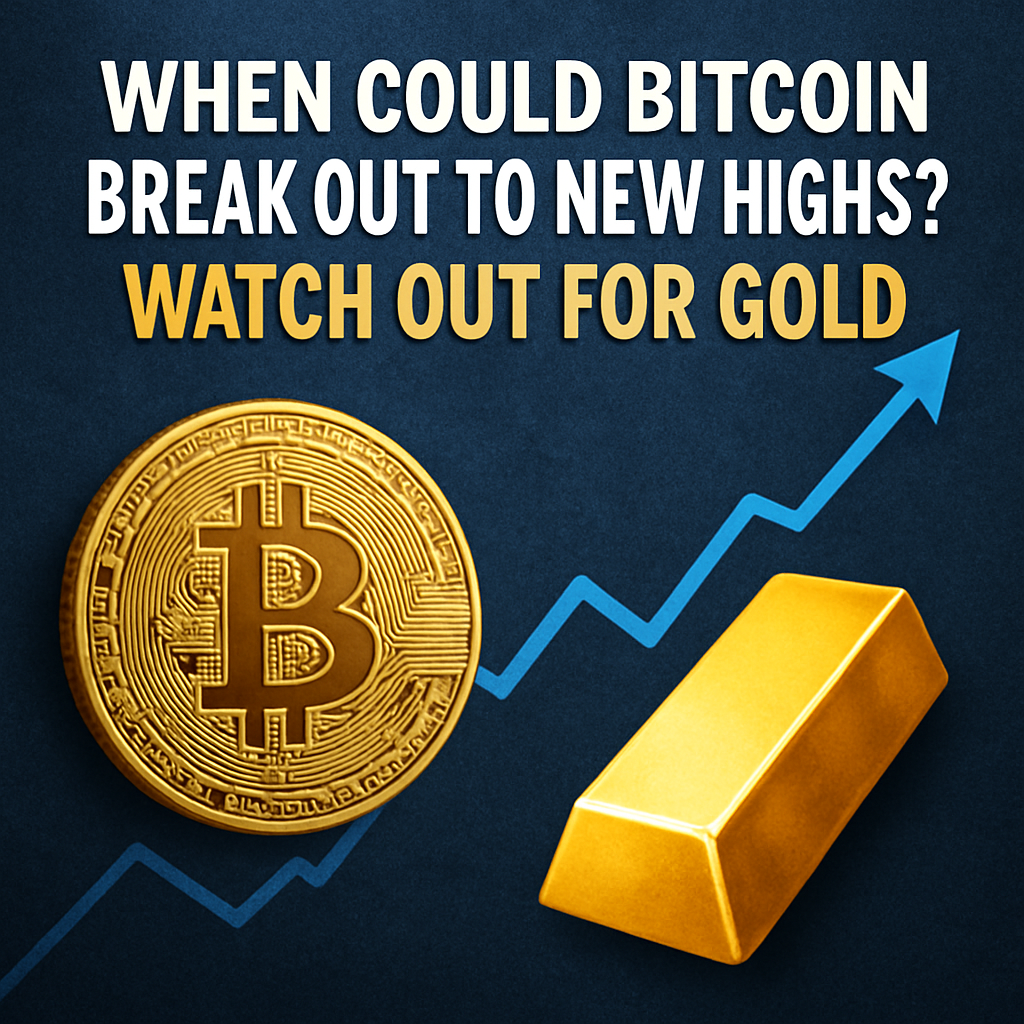Bitcoin’s price has lingered within a defined $100 000–$120 000 corridor for the past quarter, contrasting with gold’s persistent rally, which recently crossed $3 900 per ounce. This inverse relationship recalls patterns from previous cycles: when gold extends a winning streak, bitcoin often consolidates; when precious metal momentum stalls, bitcoin resumes upward trajectories. Analysis of two-year rolling correlations indicates that near-zero correlation phases frequently precede bitcoin breakouts. Market strategists now view a potential slowdown in gold’s advance as the key catalyst for renewed bitcoin gains.
Historical examples underscore this dynamic. During the tariff-driven market upheaval from January to April, gold rose roughly 28% while bitcoin declined nearly 30%. That sequence reversed from August onward, when gold plateaued and bitcoin surged by more than 60% to reach fresh all-time highs in July. Similar alternating patterns emerged in 2023, reinforcing the notion of a see-saw between traditional safe-haven and digital assets. ByteTree Capital’s chief investment officer highlighted that gold thrives in low-rate, weak-growth regimes, whereas bitcoin flourishes amid strong economic expansion and steady rates, making their alternating rallies both logical and predictable.
On-chain signals also support the thesis. Exchange balances show a gradual decline in bitcoin supply held on trading venues, indicating persistent accumulation by long-term holders. Meanwhile, net inflows into gold ETFs have slowed, with some profit-taking emerging as recent economic data pointed to inflation stability. Volatility metrics for both assets suggest that gold’s implied volatility has reached multi-year highs, raising the probability of a near-term pullback. In contrast, bitcoin’s volatility has contracted, setting the stage for a potential volatility expansion should demand pick up.
Traders are now calibrating option-market skew and open interest levels for signs of shifting sentiment. Protective put purchases on gold and call spreads on bitcoin indicate that institutional investors anticipate a divergence in performance. Surveyed hedge fund managers report increasing confidence in bitcoin’s ability to outperform gold in the fourth quarter, provided macro conditions remain supportive. Central bank communications and upcoming U.S. inflation prints will serve as additional yardsticks for market direction.
While timing remains uncertain, consensus view points to mid-October as a probable breakout window, coinciding with historical seasonality for bitcoin. The next critical test for gold is $4 000 per ounce; a failure to sustain above that level could trigger a rotation into risk assets, notably bitcoin. Conversely, a fresh gold rally could prolong bitcoin’s rangebound status. Investors and protocol developers alike will be watching these intermarket flows for confirmation of the next major crypto cycle.

Comments (0)